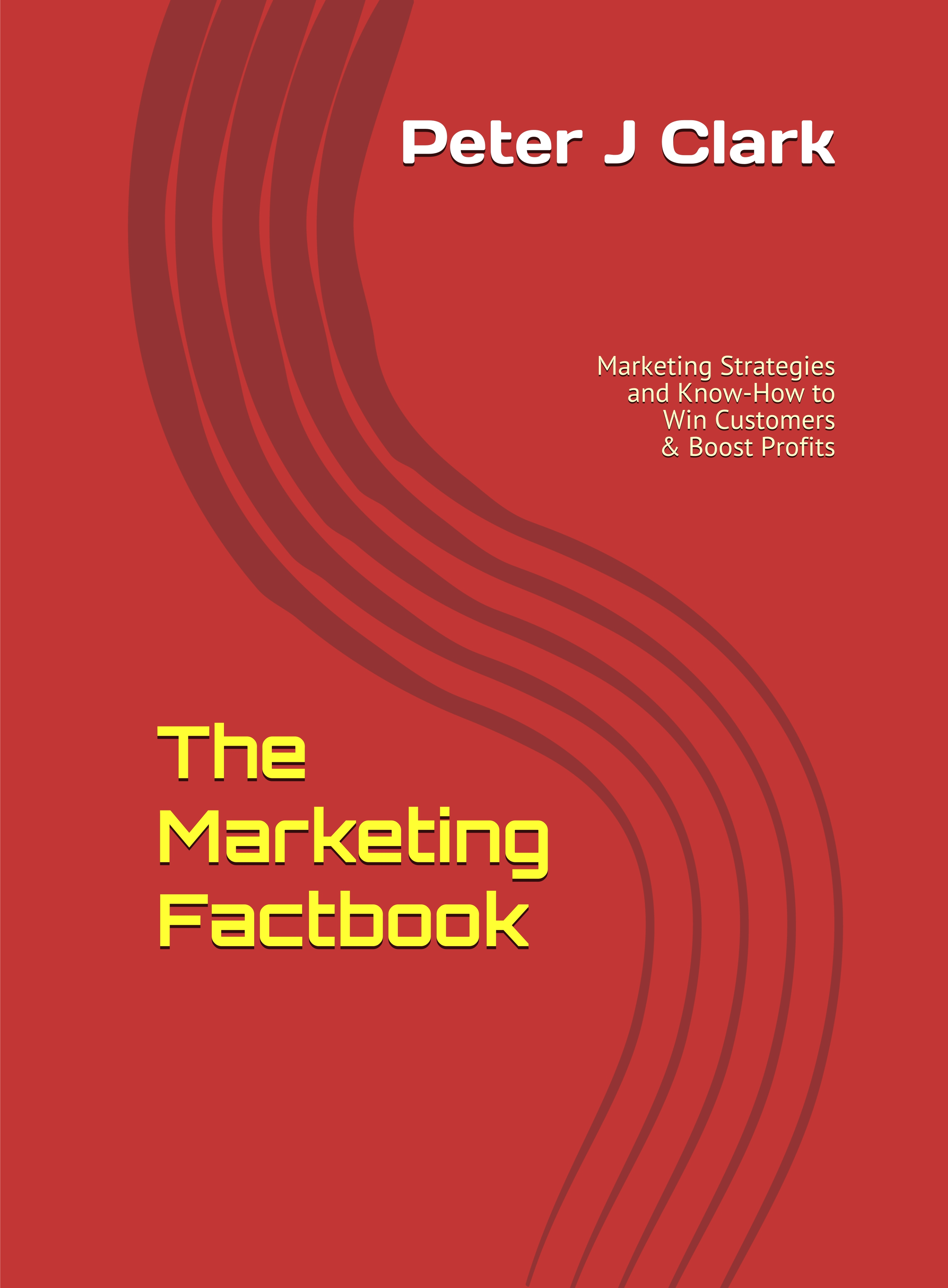Half of consumers don't use loyalty schemes
While 94% of consumers belong to at least one loyalty programme, fewer than half are actually active users on average, and only one quarter actually see companies effectively analysing their needs and sending them relevant offers, according to a benchmarking survey by customer insight specialist GI Insight.
The research, based on a survey of more than 1,000 UK consumers on their participation in loyalty programmes across various industry sectors, confirmed that supermarkets remain by far the most popular scheme providers with 79% of respondents saying they belong to at least one.
Of those consumers belonging to supermarket loyalty programmes, 88% say they use the scheme frequently, while 71% feel their retailer is using their data effectively to evaluate their needs and send them offers that are pertinent to them.
"The results show that, while loyalty schemes have become pervasive marketing tools, too many companies operating them struggle to fully engage their members - and thus fully utilise the potential insight and gains to be made from better understanding customers," said GI Insights managing director, Andy Wood.
The report entitled 'Loyalty Frequency: Who's Tuning In?', showed that many consumers belong to multiple loyalty programmes in different sectors, with 47% of respondents belonging to at least one loyalty scheme saying they actively participate. However, only 27% felt that loyalty programme providers are efficiently reading their needs and sending appropriate commercial messages.
When it comes to loyalty scheme membership, there is a huge drop-off between supermarkets and other industries. A distant second were loyalty schemes in the multi-brand (coalition) category such as Nectar or Avios, with just under 40% holding a membership in this type of loyalty programme, followed by businesses in other sectors centred on high-frequency and relatively low-value transactions: (such as chemist/beauty/health retailers, department stores, and fast food/restaurant/cafe chains).
Some of the lower results in terms of membership were found in those programmes run by fashion retailers, cinema/theatre operators, book/music/video/computer game sellers, toy/hobby shops and child/baby/maternity brands.
"These are surprisingly low membership figures given the relatively high purchase frequency, emotional interest and potential for creative rewards and extras to be earned though these programmes," said Wood.
When it comes to analysing consumer needs and sending relevant offers to the members they do have, however, child/baby/maternity loyalty schemes were second only to supermarket programmes in assessing their customers' needs and sending out the right messages, with 40% of members saying they do this successfully.
With active participation in loyalty schemes across sectors at roughly 50%, the numbers were encouraging for programme operators in most sectors, as the majority now compete for use among consumers with multiple memberships. Multiple brand schemes run a very strong second to supermarkets, while petrol stations, chemist/beauty/health retailers, and banks all have well over 50% active members but still lag behind supermarkets by a considerable margin.
The research also found that women are more likely to be members of loyalty schemes than men (97% versus 93%), with programmes in the chemist/beauty/health, department store and fashion categories being significantly more likely to attract female customers, while men gravitated toward hotel and computer/consumer electronics/appliance loyalty schemes.
The age group that leads scheme membership in the most sectors is the 25-34 demographic, but consumers aged 18-24 years lead when it comes to membership in fun and trendy loyalty schemes (i.e. those centred on food, fashion and personal entertainment purchases). When it comes to active participation, on average 54% of the loyalty scheme members in the 25-44-year-old age range use them frequently - a much greater proportion than all other demographics.
"These findings highlight how important it is to not just have a loyalty programme but to use the data properly to send appropriate offers and deals to customers. The sectors doing it best - supermarkets and multiple brand schemes - prove the effectiveness of these programmes, but others such as fashion and children's and DIY/ home furnishings retailers are missing a trick," concluded Wood.
Sources: GI Insight / The Marketing Factbook.
Copyright © 2014 - 2025 The Marketing Factbook.
Categorised as:
- Customer Loyalty
- Knowing The Customer
- Marketing Know-How
